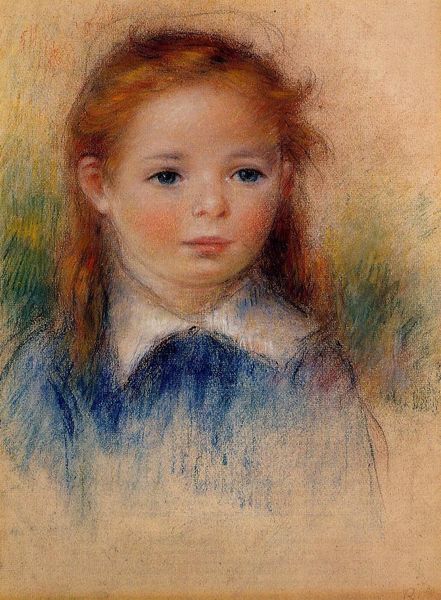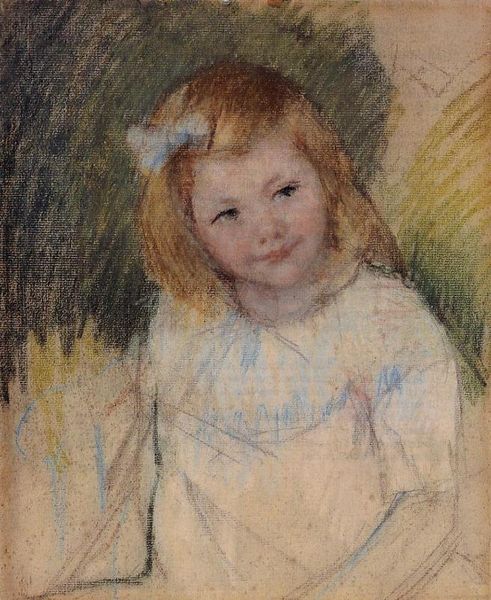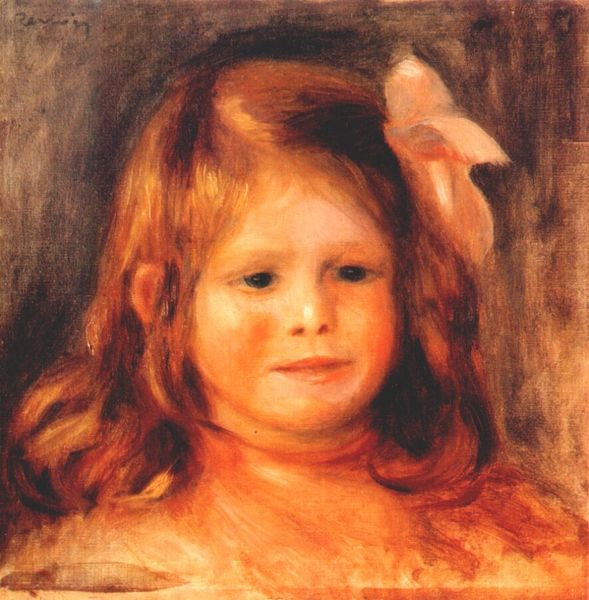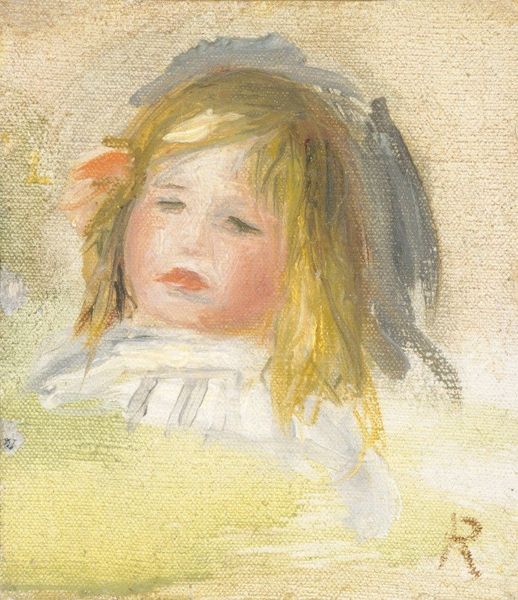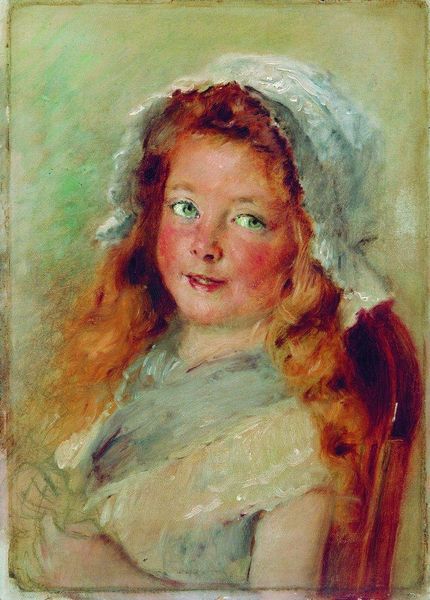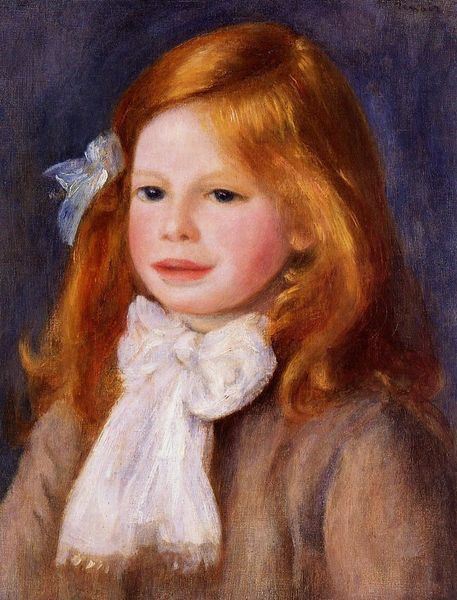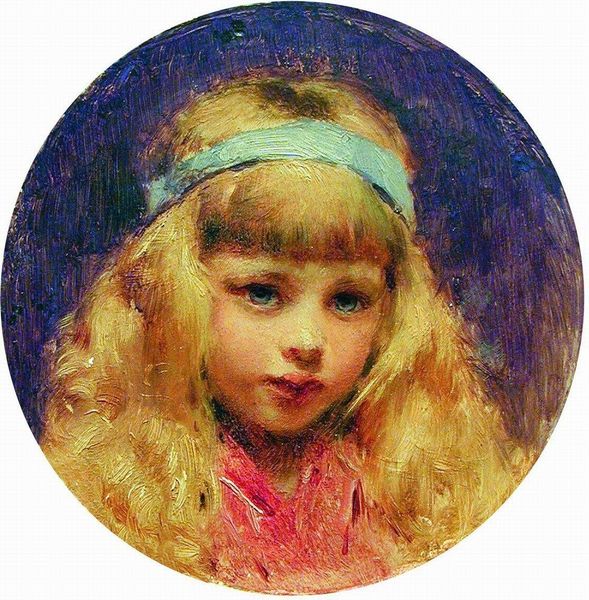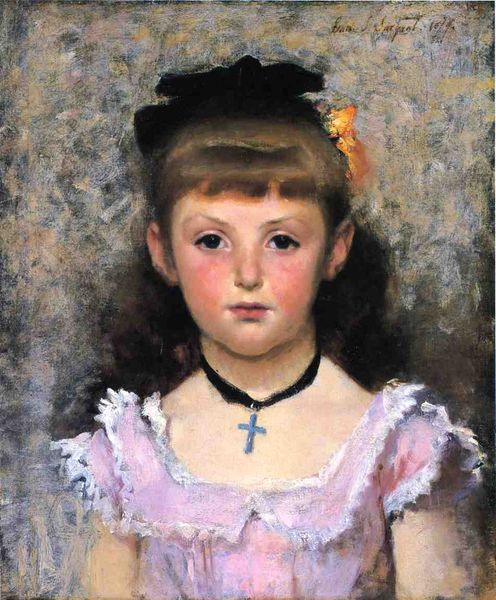
drawing, pastel
#
portrait
#
drawing
#
impressionism
#
oil painting
#
portrait drawing
#
pastel
Copyright: Public domain
Pierre-Auguste Renoir captured Paul Charpentier in this pastel portrait, a delicate medium reflecting the sitter's youth, sometime in the late 19th century. Renoir's focus on bourgeois subjects reflects the social fabric of France during the Impressionist era. The Charpentier family was part of the wealthy Parisian milieu, and the portrait is a visual marker of their status. Consider the role of portraiture in solidifying social standing, particularly within the context of the French Third Republic. The choice of pastel, with its soft, luminous qualities, contributes to the overall impression of innocence and affluence. To fully understand this work, one must delve into the economic structures that supported artistic production at the time, as well as the institutional framework of art patronage. Research into the Charpentier family and Renoir's clientele would offer a deeper understanding of the painting’s social context. Ultimately, our understanding of art evolves as we examine the social and institutional forces that shape its creation and reception.
Comments
No comments
Be the first to comment and join the conversation on the ultimate creative platform.
